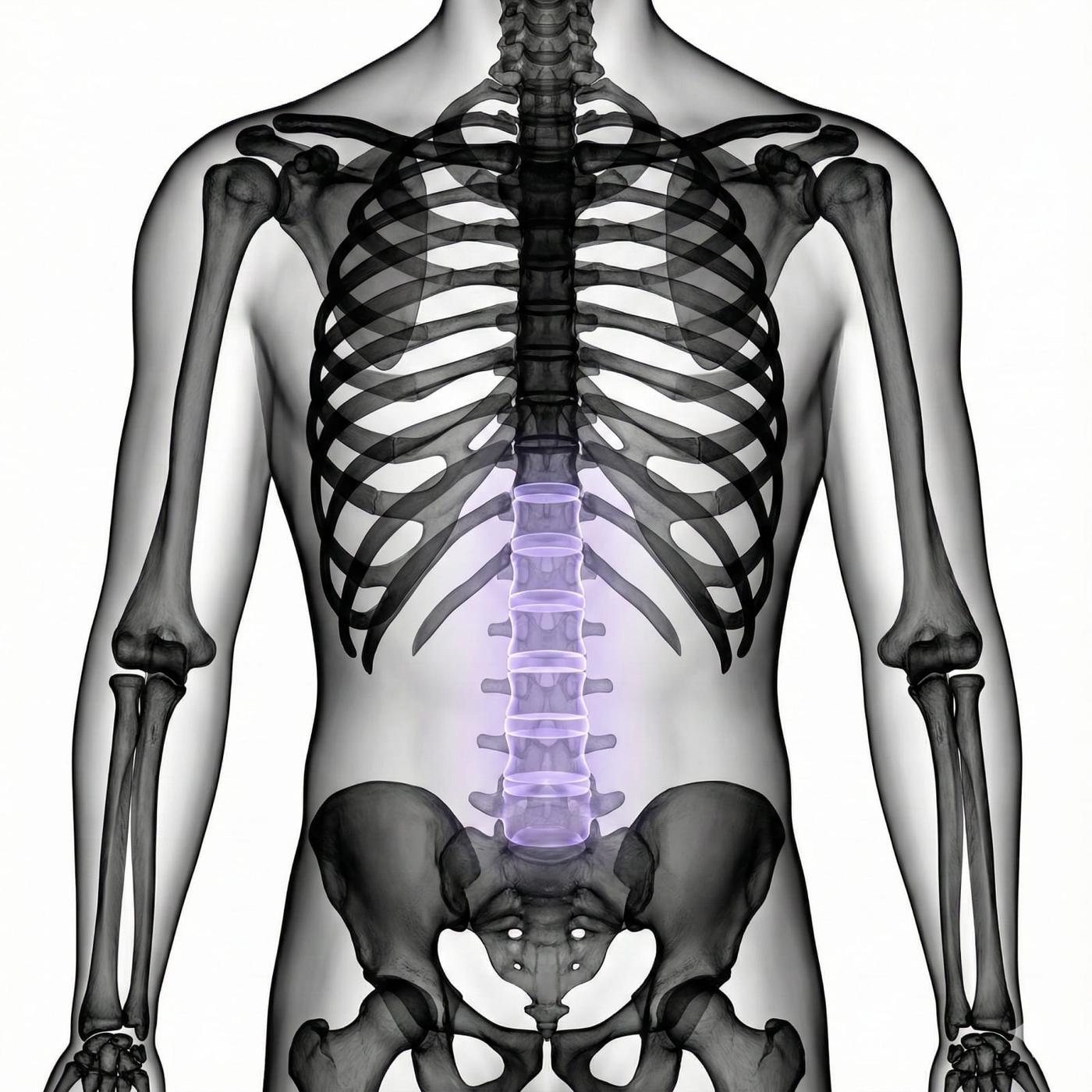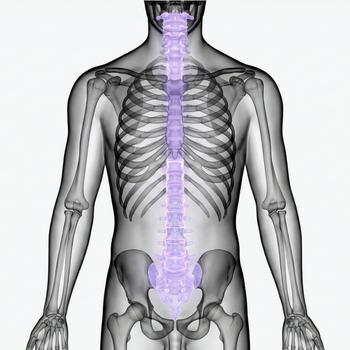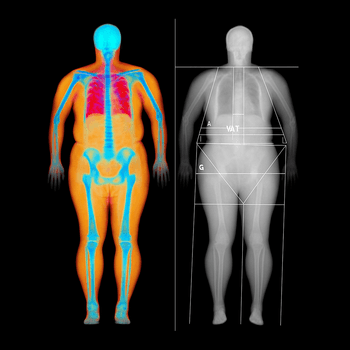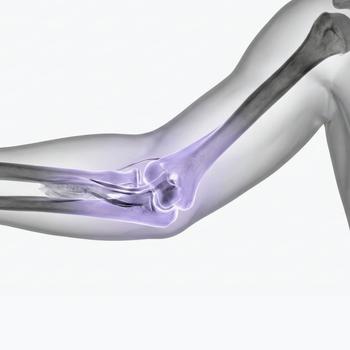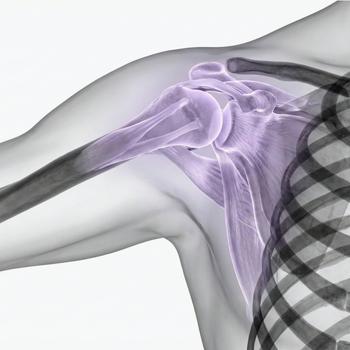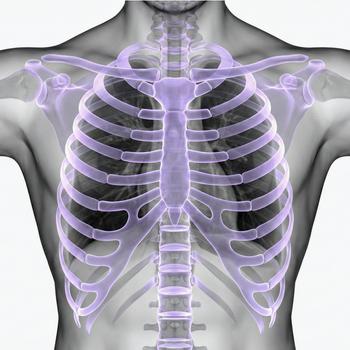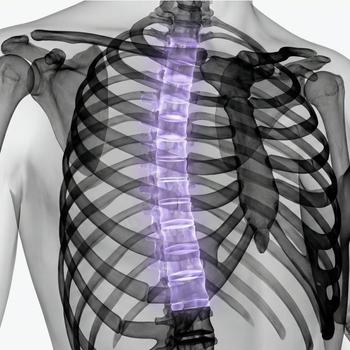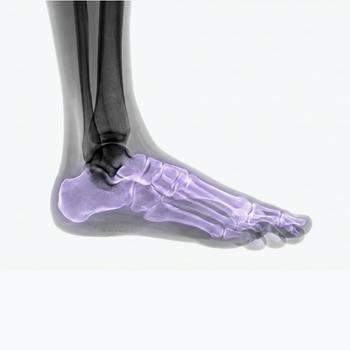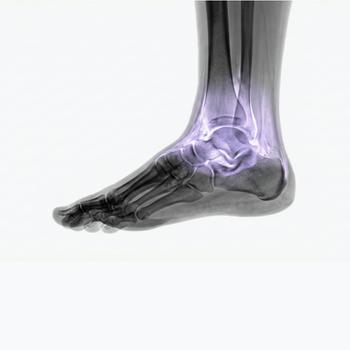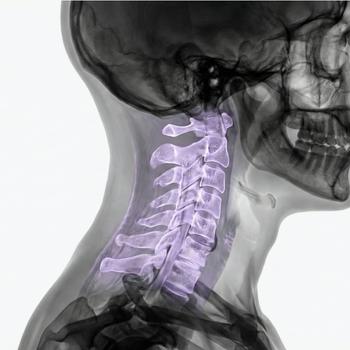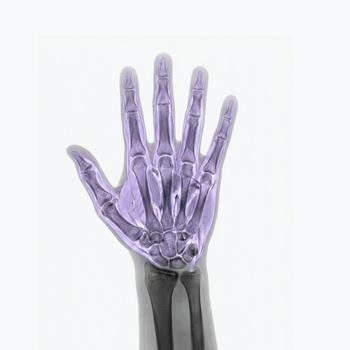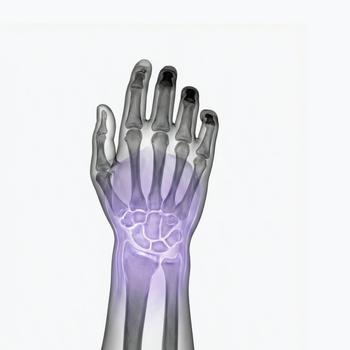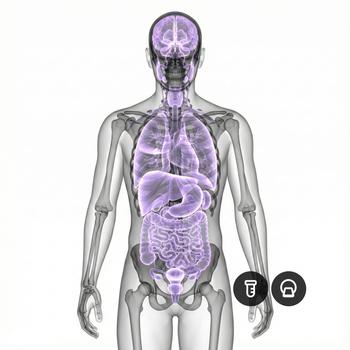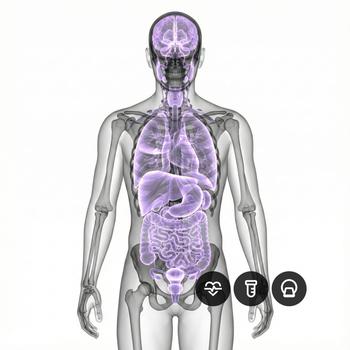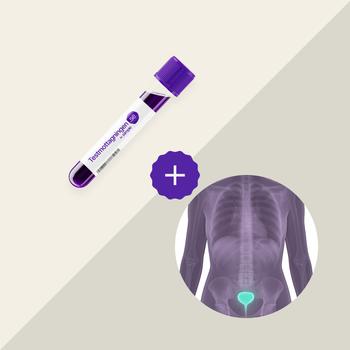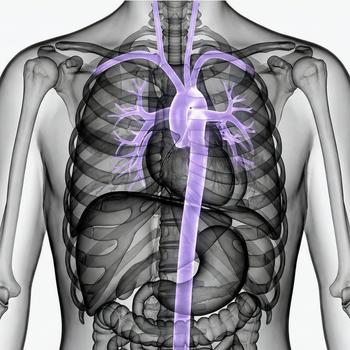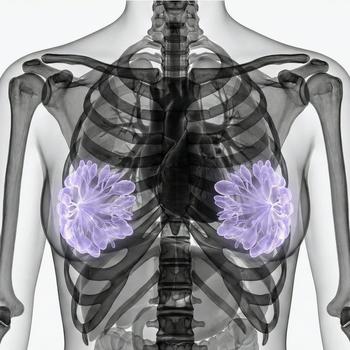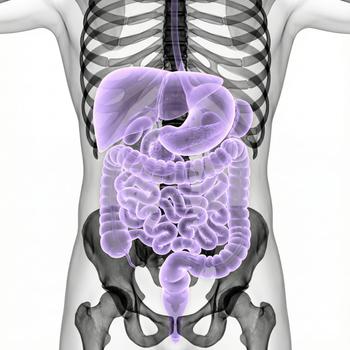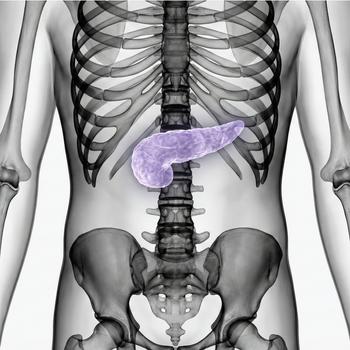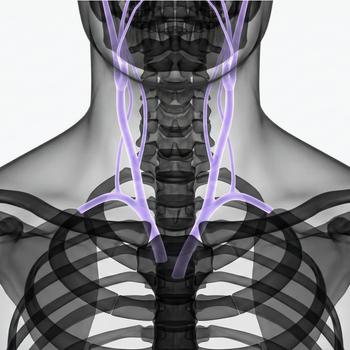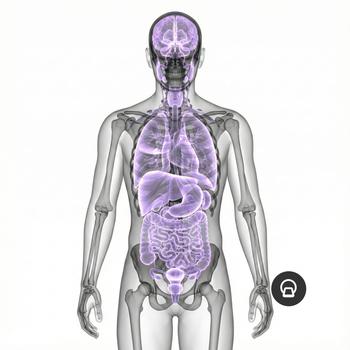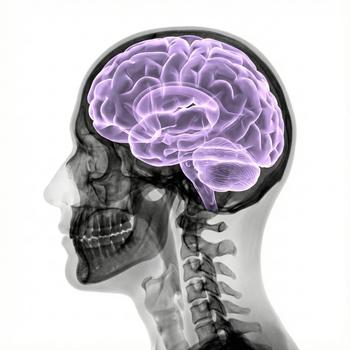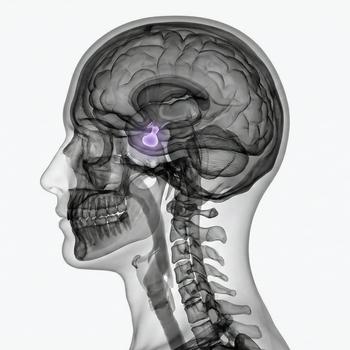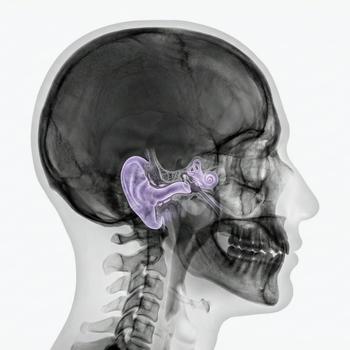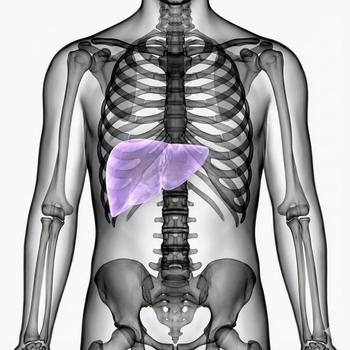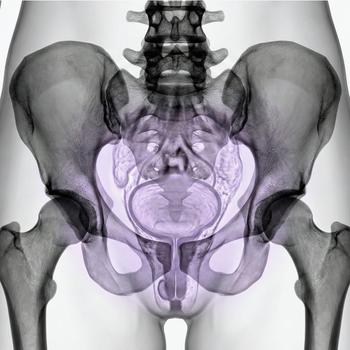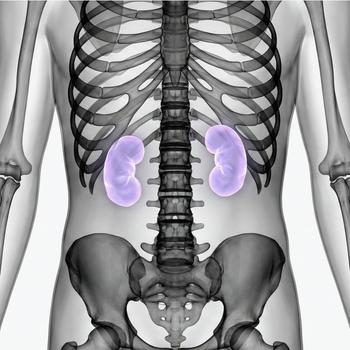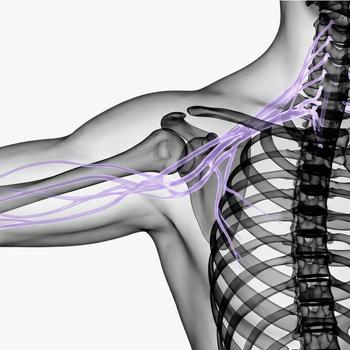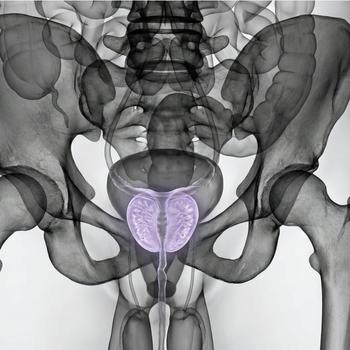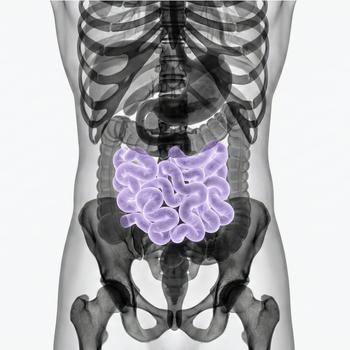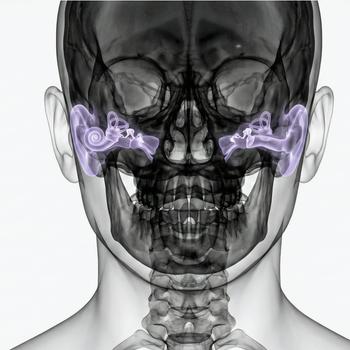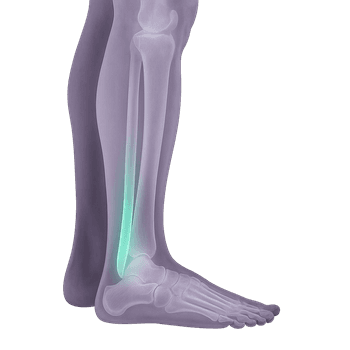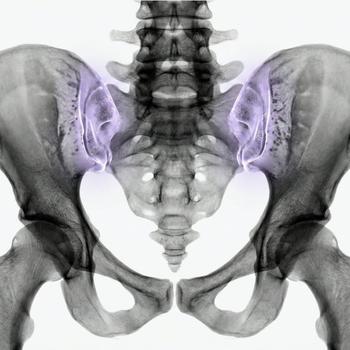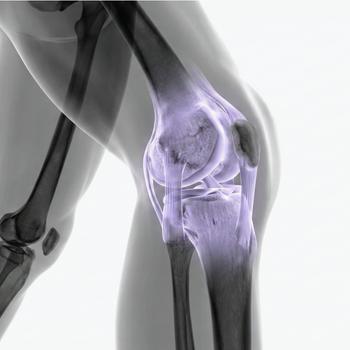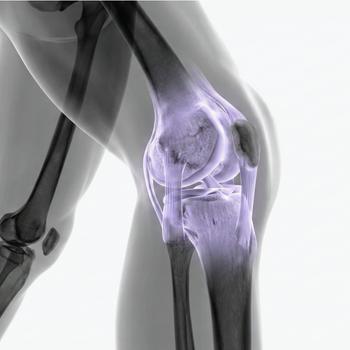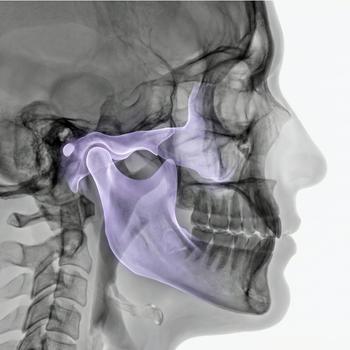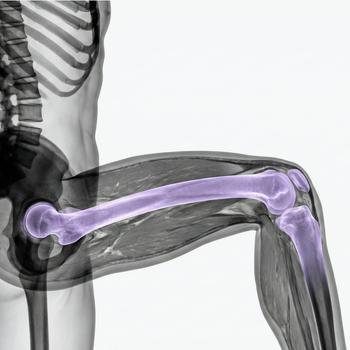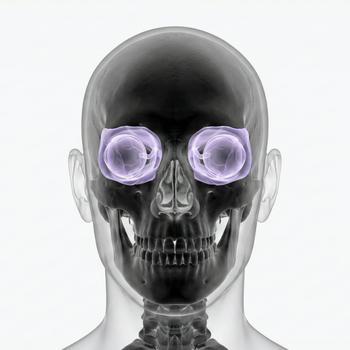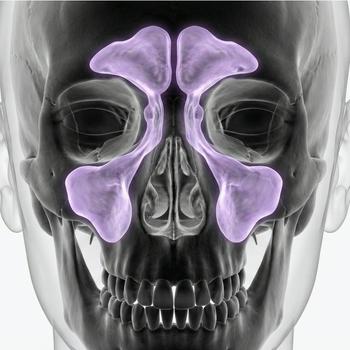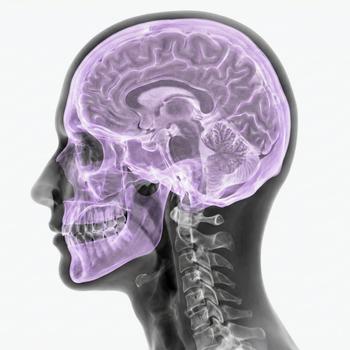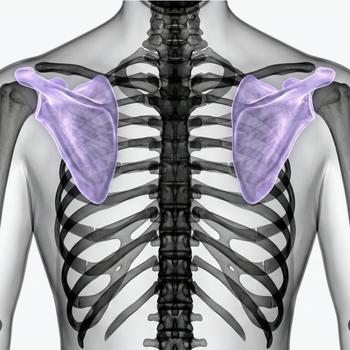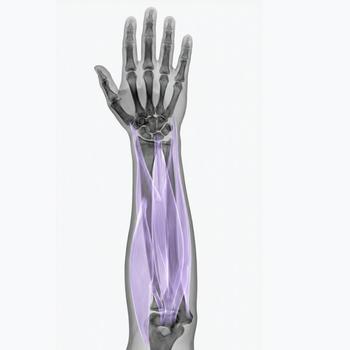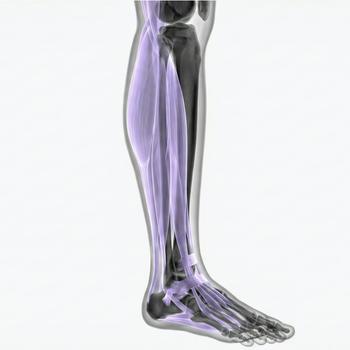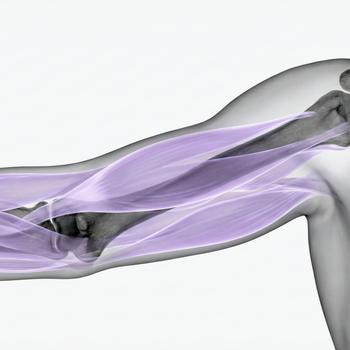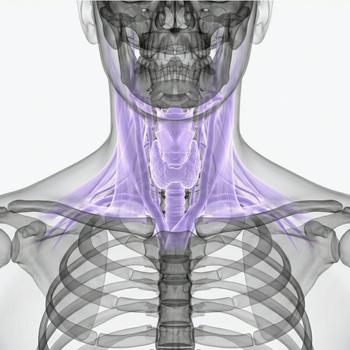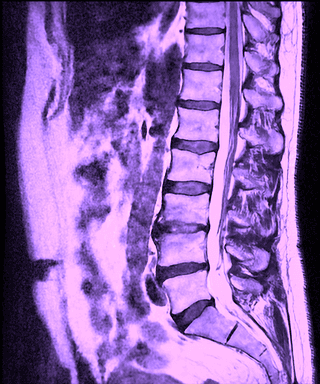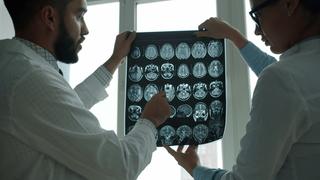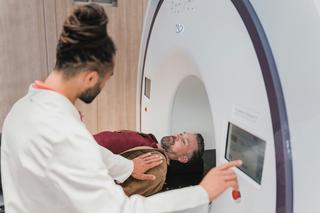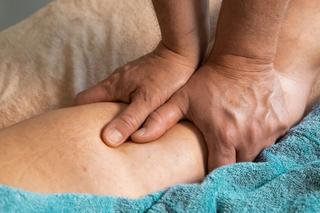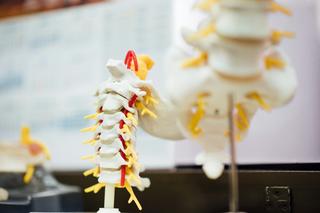MRI lumbar spine – MRI for back pain, sciatica or suspected nerve impingement
The lumbar spine or lumbar spine is the lower part of the spine that supports most of the weight of the upper body and enables movement, bending and rotation. It is an area that is often affected by pain, stiffness and nerve-related problems – especially in the case of herniated discs, wear and tear, inflammation or trauma.
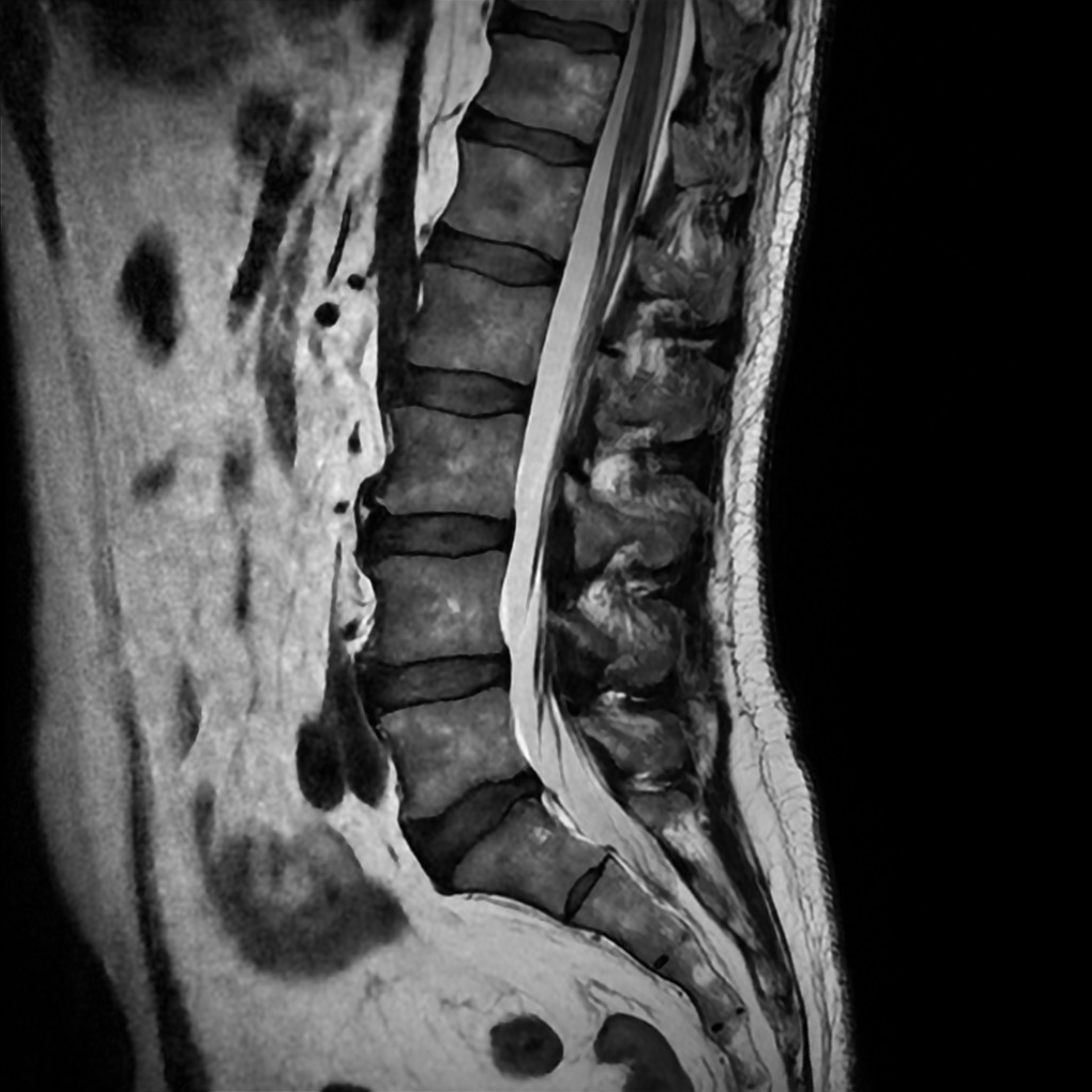
With a magnetic resonance imaging (MRI) examination of the lumbar spine, you get a very detailed image of the vertebrae, discs, spinal cord, nerves, facet joints and soft tissues. MRI is completely radiation-free, painless and particularly valuable in cases of long-term back pain, radiating pain in the legs or suspected nerve compression.
When is an MRI examination of the lumbar spine recommended?
An MRI examination of the lumbar spine is recommended when the back pain does not go away, recurs in fits or affects nerve function. It is an important examination for suspected herniated discs, sciatica, spinal stenosis or other conditions that can cause radiating pain, numbness or muscle weakness in the legs. MRI provides high-resolution images of the vertebrae, discs, nerve roots and soft tissues, making it possible to identify structural abnormalities that are not visible on regular X-rays. The examination is also particularly valuable if you experience unexplained swelling, fever or if previous investigations have not provided sufficient answers.
- Long-lasting or recurring pain in the lower back
- Radiating pain down the buttock, thigh or leg (sciatica)
- Numbness, tingling or loss of sensation in the legs
- Muscle weakness in the legs or feet
- Suspected herniated disc or spinal stenosis
- Unexplained swelling, pain or fever with back problems
- Suspected inflammation, infection or tumor in the spine
MRI is also particularly useful if other imaging methods (such as X-ray or CT) have not shown sufficient findings, or if further treatment such as surgery, injection treatment or physiotherapy is planned.
MRI is often used when the following conditions are suspected in lumbar spine
- Herniated discs – including pressure on nerve roots causing sciatica
- Degenerative disc diseases – such as bulging discs, disc degeneration or modic changes
- Spinal stenosis – narrowing of the spinal canal which can cause strain-related leg pain
- Facet joint osteoarthritis – wear and tear in the small joints in the back between the vertebrae
- Spondylolysis and spondylolisthesis – vertebral displacement or instability in the spine
- Inflammatory conditions – such as spondylarthritis (e.g. ankylosing spondylitis)
- Infection – e.g. spondylitis or discitis, especially if accompanied by fever or lab abnormalities
- Tumors or metastases - suspected spinal cord involvement or skeletal changes
Book an MRI of the lumbar spine and get a referral immediately
An MRI of the lumbar spine is a powerful tool for identifying the cause of your back problems and guiding the right treatment. The examination is painless, takes about 20–30 minutes and is performed completely without radiation. After the examination, the images are reviewed by a specialist, and you will receive a written report within a few days.






















